Hiking is often seen as a serene escape into nature, offering breathtaking views and a chance to reconnect with the great outdoors. However, the wild can be unpredictable and unforgiving, transforming a peaceful adventure into a tragic event. These stories remind us of the importance of preparation, awareness, and respect for nature’s power. Here are 10 real-life hiking tragedies that ended in death, each underscoring the inherent risks that come with the call of the wild.
1. A Sudden Storm on Mount Washington

Mount Washington in New Hampshire is notorious for its unpredictable weather, which can turn dangerous at a moment’s notice. In 2019, alwas caught off-guard when a sudden blizzard enveloped the mountain. Despite being well-prepared with gear and supplies, the sheer ferocity of the storm overwhelmed her. According to CBS News, the temperatures plummeted rapidly, and visibility became severely limited. Emily’s tragic story reminds us that even experienced hikers can fall victim to nature’s whims.
The mountain’s weather can change faster than forecasts can predict, making quick decisions crucial for survival. Unfortunately, Emily was trapped in conditions she couldn’t escape. Rescue teams braved the storm but found her too late. Her passing underscores the importance of checking multiple sources for weather updates, understanding the signs of extreme weather, and having a clear plan for emergencies. This tragedy serves as a solemn reminder to always respect the power of nature.
2. Heat Exhaustion in the Grand Canyon
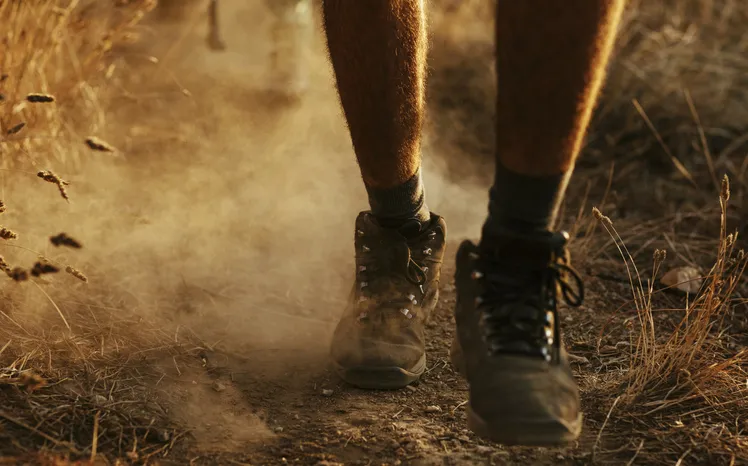
The Grand Canyon offers stunning vistas but also presents unique challenges, particularly the intense heat in the summer months. In 2020, a young hiker named Daniel underestimated the severity of the heat while trekking the popular Bright Angel Trail. Armed with only a small water bottle, he quickly succumbed to heat exhaustion. According to the National Park Service, temperatures on the canyon floor can exceed 110 degrees Fahrenheit during midday, making hydration and pace management crucial.
Daniel’s unfortunate demise highlights the importance of preparing for extreme conditions, especially in desert environments. Even seasoned hikers can be caught unprepared by the physical demands of steep climbs under scorching sun. His story also emphasizes the need to listen to one’s body signals and know when to turn back. Heat-related tragedies are preventable with the right precautions, such as carrying ample water, wearing appropriate clothing, and hiking during the cooler parts of the day.
3. Avalanches in the Canadian Rockies

The Canadian Rockies are a wonderland for hikers and climbers, but they also pose significant dangers, particularly in the form of avalanches. In 2021, a group of friends set out to conquer a popular trail but were caught in an unexpected avalanche. Despite their collective experience, they were overtaken by the swift and unpredictable movement of snow. The Canadian Avalanche Centre notes that even the most experienced outdoor enthusiasts can be challenged by rapidly changing conditions.
This tragedy underscores the critical importance of consulting avalanche forecasts and carrying essential safety gear like transceivers, probes, and shovels. While the friends were equipped, the sheer force of the avalanche proved too much. The incident serves as a reminder that nature can change in an instant, and preparedness can only go so far. Understanding the terrain, the conditions, and having a clear safety plan are vital. This heartbreaking event stresses the need for constant vigilance in avalanche-prone areas.
4. A Fall on Half Dome in Yosemite
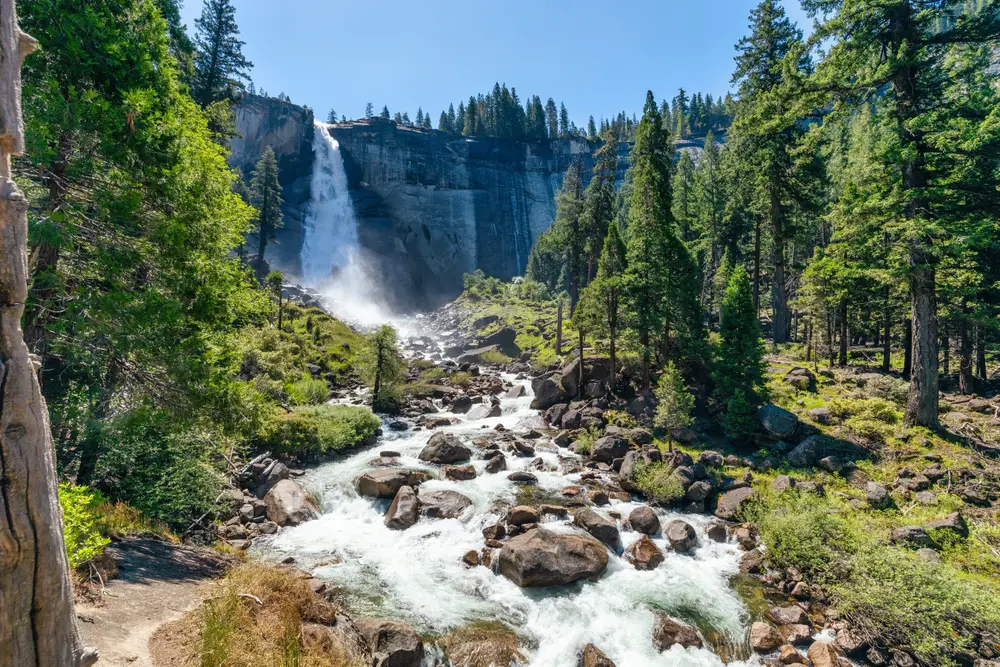
Yosemite National Park’s Half Dome is a bucket-list hike for many outdoor enthusiasts, known for its challenging ascent and breathtaking views. In 2022, a hiker named Sarah attempted the climb but lost her footing on the cables, leading to a fatal fall. Despite being an experienced hiker, the slippery conditions on the rock face proved treacherous. The Half Dome hike is notorious for its steep incline and requires both physical and mental preparation.
Sarah’s fall highlights the critical importance of using proper equipment and adhering to safety guidelines. The hike demands respect for its challenges, including unpredictable weather that can make the path perilous. Her story is a stark reminder that even familiar hikes require full attention to safety, especially when conditions change. Hikers are encouraged to not only prepare physically but also mentally, understanding their limits and the risks involved. Sarah’s tragic story reminds us of the delicate balance between adventure and safety.
5. Lost in the White Mountains

The White Mountains of New Hampshire are a hiker’s paradise but can become disorienting without proper navigation. In 2018, a lone hiker named Mark became lost after straying from the marked trail. Despite having a map and compass, the dense forest and lack of visibility led to confusion. Mark’s story underscores the vital importance of navigation skills and the ability to stay calm in stressful situations.
Rescue teams launched an intensive search, but Mark succumbed to the elements before he could be found. This tragedy serves as a reminder that preparation goes beyond packing the right gear—it includes honing skills like orienteering. Staying on marked trails and understanding the terrain can prevent such situations from escalating. Mark’s loss reminds us of the unpredictable nature of the wilderness and the importance of preparation in all its forms. His story serves as a cautionary tale for all hikers venturing into unfamiliar territory.
6. Trapped in New Zealand’s Fiordland National Park
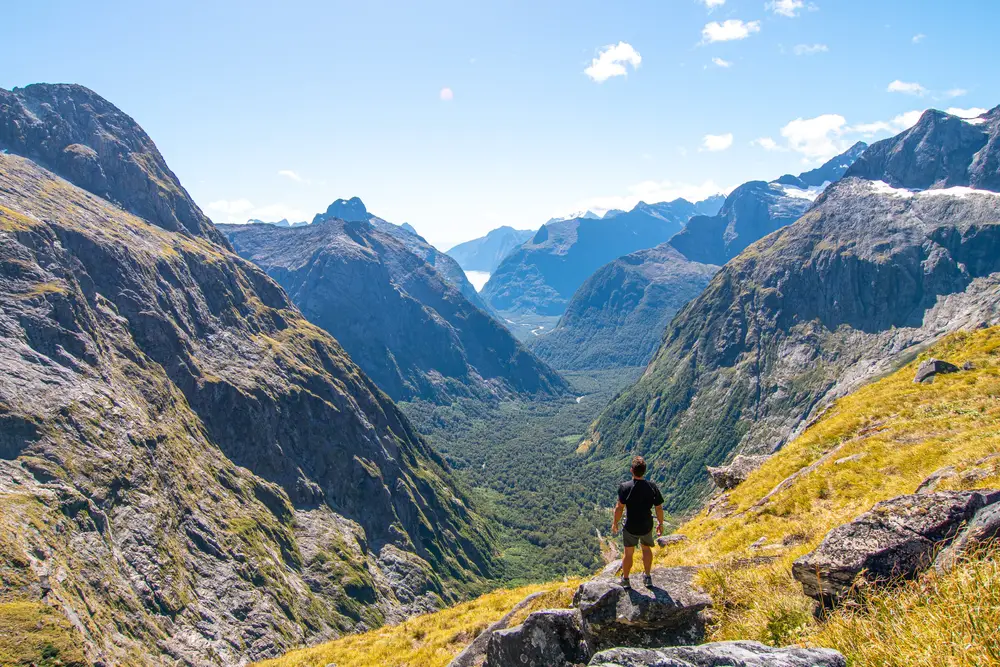
Fiordland National Park in New Zealand is a stunning yet challenging environment, with its rugged landscape and unpredictable weather. In 2017, a couple set out on a multi-day trek but became trapped in a sudden storm. Despite having a GPS device, the relentless weather made their rescue difficult. Their story highlights the importance of leaving a detailed itinerary with someone trustworthy before heading into remote areas.
The couple faced hypothermic conditions, and their ordeal underscores the need for being prepared for the worst-case scenario. While they had emergency gear, the harsh conditions proved overwhelming. Their tragedy is a somber reminder that the wilderness, no matter how beautiful, demands respect and preparedness. Understanding the landscape and having a clear emergency plan can be lifesaving. This heartbreaking story encourages all adventurers to take every precaution in wild, unpredictable environments.
7. Lightning Strikes on Mount Kilimanjaro

Mount Kilimanjaro, Africa’s tallest peak, offers a unique climbing experience but also presents unexpected dangers, such as sudden lightning storms. In 2016, a climber was tragically struck by lightning during a summit attempt. Despite the clear skies at the start of his climb, the weather turned quickly, catching him off guard. His story serves as a reminder of the unpredictable nature of high-altitude weather.
The tragedy underscores the importance of understanding weather patterns unique to mountainous regions. Climbers are encouraged to familiarize themselves with the signs of approaching storms and know when to seek shelter. Although rare, lightning strikes are a real risk that requires vigilance and respect for the natural environment. Safety measures, like descending at the first sign of a storm, can prevent such tragic outcomes. His passing highlights the delicate balance required when pursuing high-altitude adventures.
8. Fatal Freeze on the Appalachian Trail
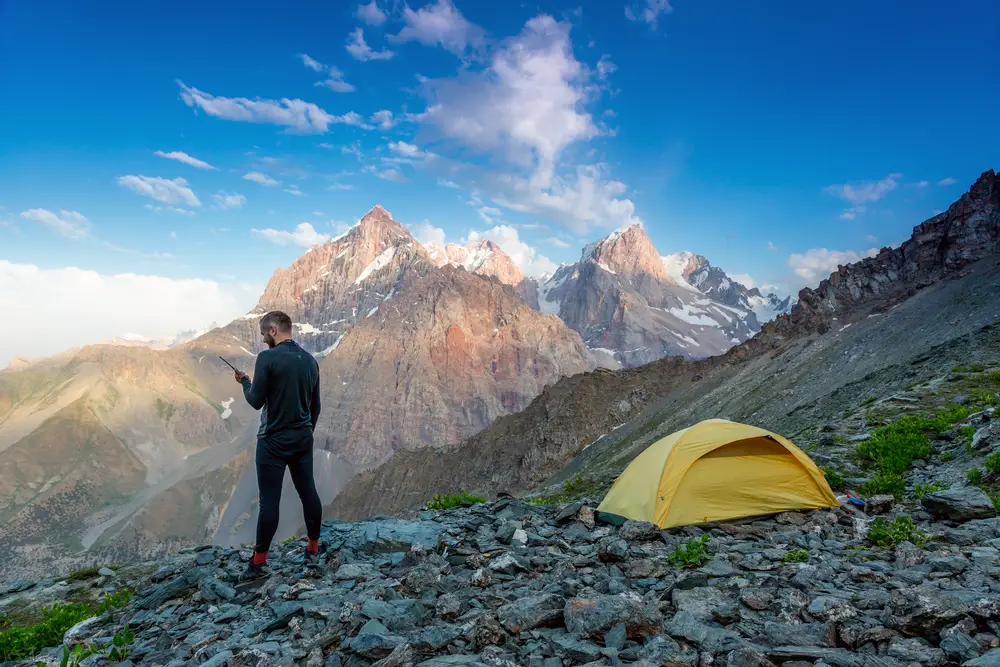
The Appalachian Trail is one of the most famous long-distance hiking trails in the world, but it’s not without its dangers. In 2020, a hiker named Tom faced an unexpected cold snap that led to his untimely death. Despite carrying a sleeping bag and tent, the unseasonal temperatures and high winds overwhelmed him. Tom’s story is a stark reminder of the importance of preparing for sudden weather changes, even in seemingly mild conditions.
His tragedy underscores the importance of understanding seasonal weather patterns and the potential for rapid changes. Proper gear, such as a four-season tent and thermal clothing, can mean the difference between life and death. Tom’s experience teaches us that even well-traveled trails require respect and preparation. Staying informed about weather forecasts and preparing for the unexpected are essential practices for all hikers. His story is a cautionary tale for anyone venturing into the wilderness, regardless of the season.
9. Drowning in Alaska’s River Crossings
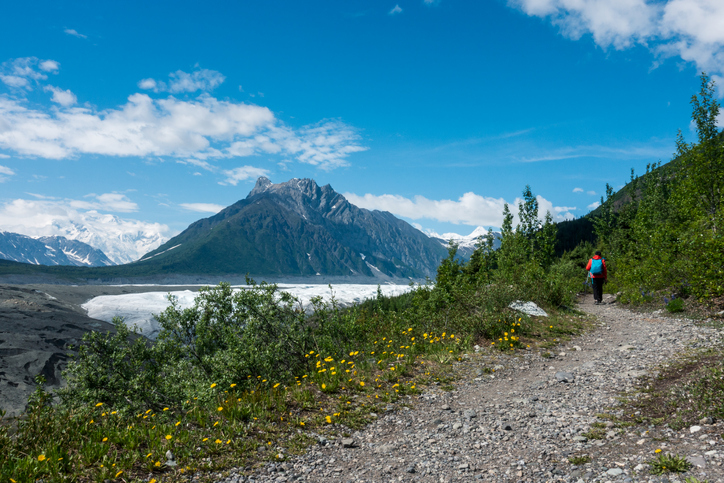
Alaska’s backcountry offers some of the most remote and beautiful hiking experiences, but it also presents significant challenges. In 2019, a hiker named Lucy attempted to cross a swollen river, underestimating its power. Despite her experience, the swift current carried her away, resulting in a tragic drowning. This heartbreaking incident underscores the dangers of river crossings, particularly in the spring when snowmelt increases water flow.
Lucy’s story highlights the importance of understanding the risks associated with natural water features. Even experienced hikers can be caught off guard by the power of moving water. Proper techniques, such as unbuckling your backpack and using trekking poles, can increase safety. Her passing reminds us of the need to respect natural hazards and to seek alternate routes when conditions are unsafe. This tragedy serves as a solemn reminder of the unpredictable nature of wilderness environments.
10. Altitude Sickness in Peru’s Andes
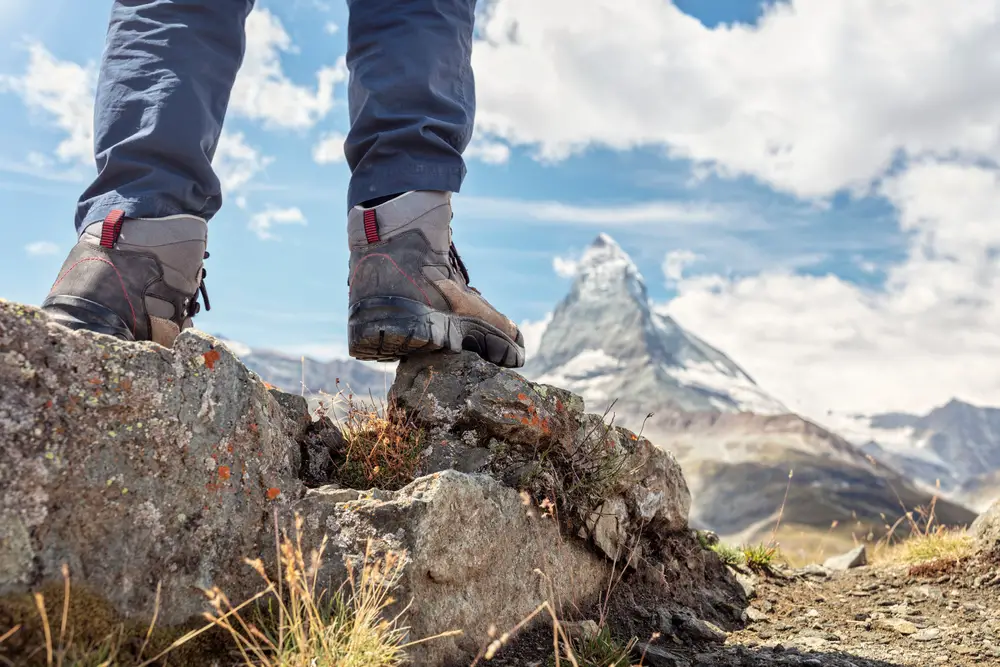
The Andes Mountains in Peru offer breathtaking landscapes but also present the risk of altitude sickness. In 2021, a hiker named Alex succumbed to this condition during an expedition. Despite acclimatizing for several days, the severe symptoms hit quickly. Alex’s story highlights the importance of understanding and recognizing the signs of altitude sickness, which can be life-threatening if ignored.
His death stresses the need for gradual ascent and proper acclimatization strategies. Even with preparation, some individuals may be more susceptible, making awareness crucial. Alex’s tragedy serves as an important lesson for those planning high-altitude hikes: listen to your body and be ready to descend if necessary. His story is a powerful reminder of the risks associated with high-altitude environments and the need for vigilance. This heartbreaking event highlights the delicate balance between adventure and the realities of human limits.
